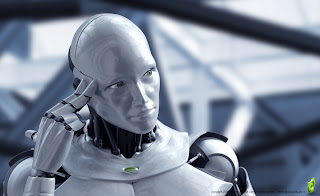Lecture 4 | Introduction to Robotics
Lecture by Professor Oussama Khatib for Introduction to Robotics (CS223A) in the Stanford Computer Science Department. Professor Khatib shows a short video on a device called The Hummingbird, and then begins Manipulator Kinematics. CS223A is an introduction to robotics which covers topics such as Spatial Descriptions, Forward Kinematics, Inverse Kinematics, Jacobians, Dynamics, Motion Planning and Trajectory Generation, Position and Force Control, and Manipulator Design.

